
 Norway has a long tradition of curing – graving – both fish and meat in order to conserve them. While cured salmon (gravlax / gravlaks) may be more well-known, the same technique can, and is, applied to meats. Curing the meat provides a distinct flavor and smooth texture, which today is seen as being quite exclusive. Yet, it’s simple to make at home. (more…)
Norway has a long tradition of curing – graving – both fish and meat in order to conserve them. While cured salmon (gravlax / gravlaks) may be more well-known, the same technique can, and is, applied to meats. Curing the meat provides a distinct flavor and smooth texture, which today is seen as being quite exclusive. Yet, it’s simple to make at home. (more…)
Tag: nibble
-
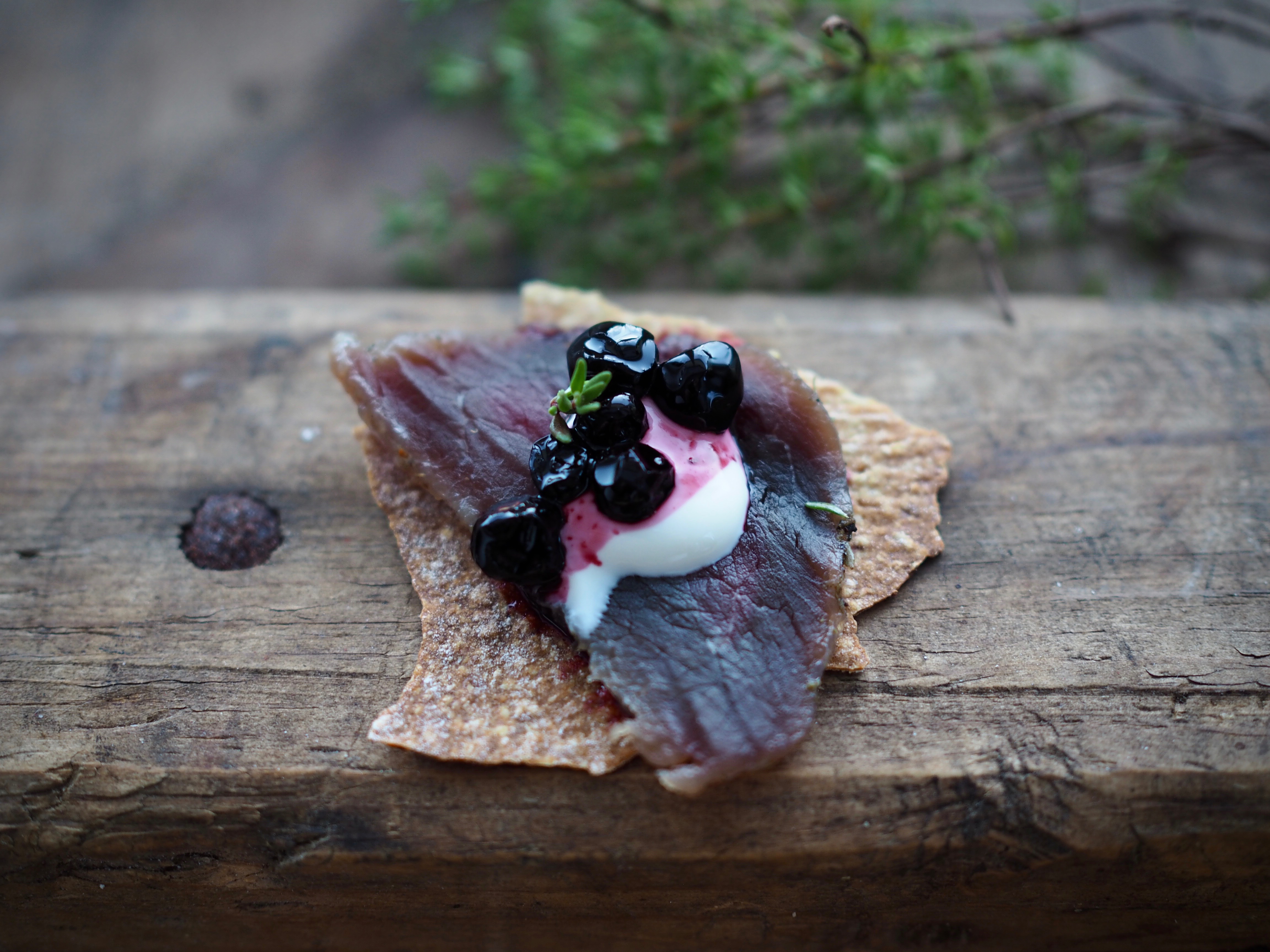
Aquavit-Cured Venison with Pickled Bilberries (Gravet hjort med sylteblåbær)
-
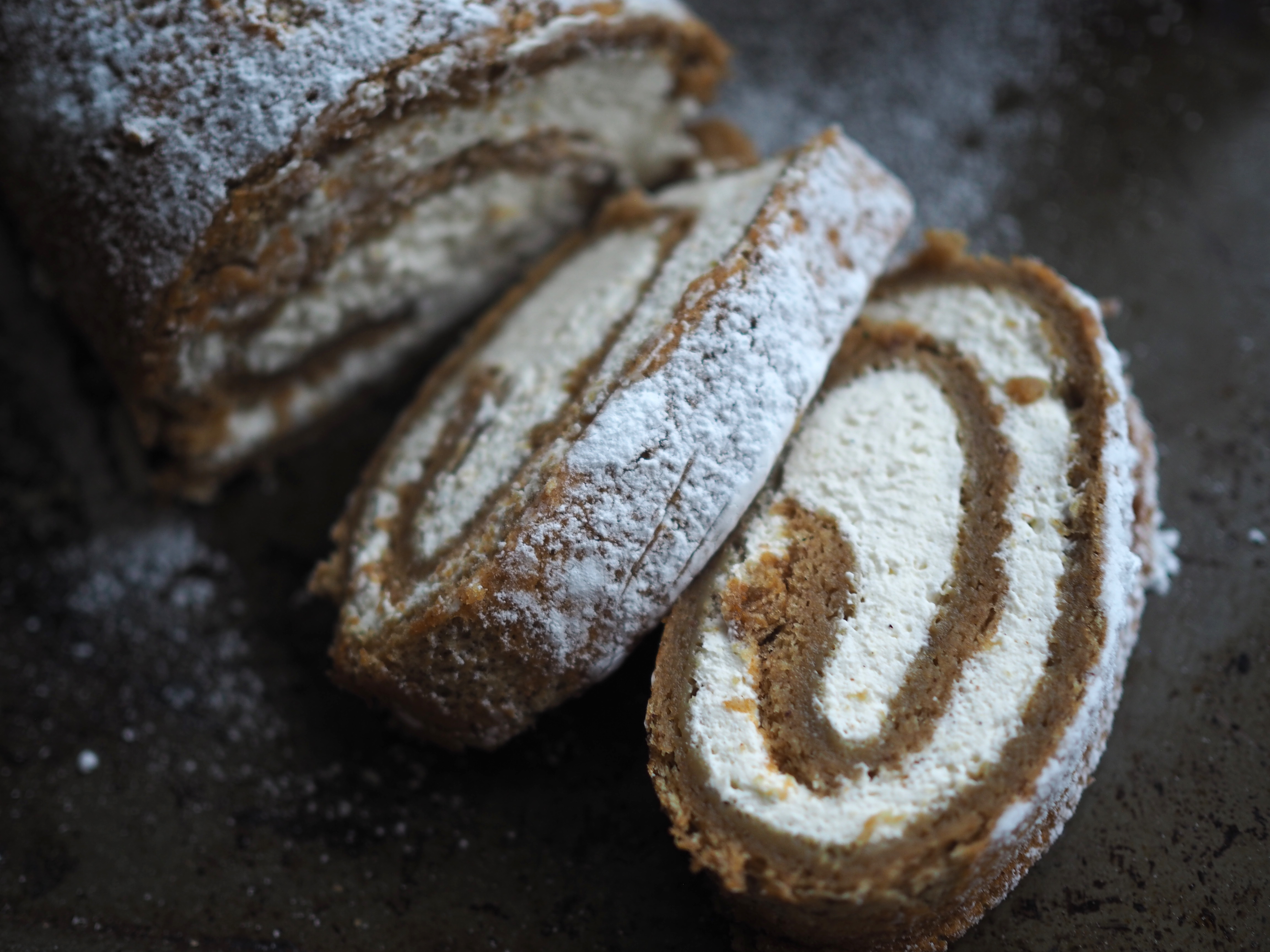
Flourless Rutabaga Roulade with Cardamom Cream (Kålrabirullekake med kardemommekrem)


This is the first part of my three-part series of autumn dishes featuring rutabaga.
For me, these days have been all about rutabaga, or kålrabi, kålrot, swede, and neep. Those large, matte-purple, and slightly rough-looking root vegetables, which are a cross between a turnip and a cabbage. They are also referred to as Nordens appelsin, or “the North’s orange” because of their high content of Vitamin C. The idea of cooking one, let alone eating one, can seem daunting – leaving them often overlooked or reserved only for specific dishes throughout the year. But, they are a vegetable I have become quite smitten with since being introduced to the Scandinavian lifestyle. (more…)
-
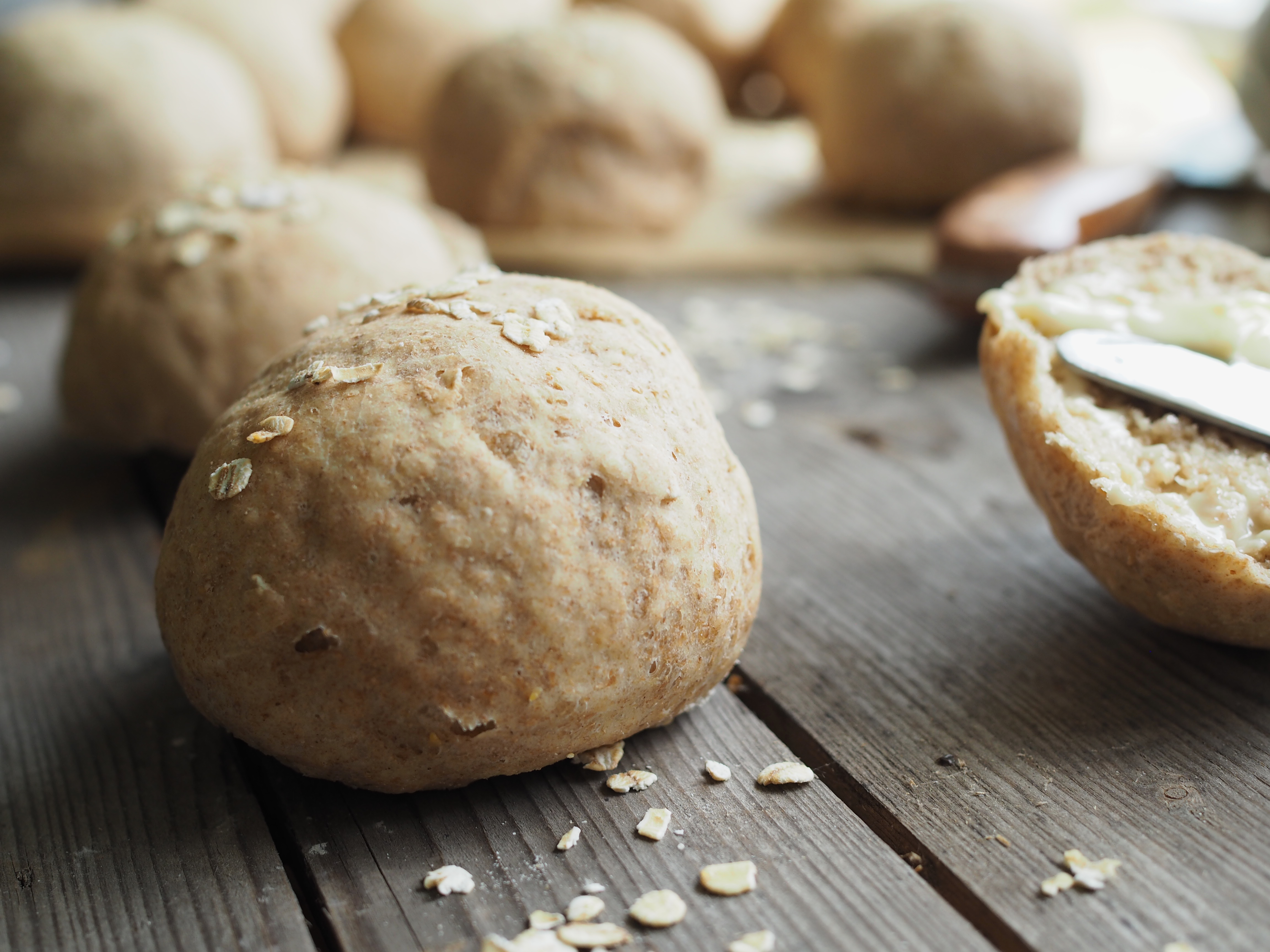
Crusty Rolls with Oats (Rundstykker med Havregryn)
 It’s not difficult to see just how important bread plays a role in Norway. The Nordic food culture is built upon grains and the varieties of bread types have an historic thread throughout the region.
It’s not difficult to see just how important bread plays a role in Norway. The Nordic food culture is built upon grains and the varieties of bread types have an historic thread throughout the region.The most usual practice was to mix a variety of grains for daily bread or porridges. These grains would have been course and unrefined – with refined flours only entering the diet in the 1900s. The most common cereals would have been rye, barley and oat. Wheat and wheat flour were viewed as luxury (high society) items, but they eventually became common for all classes of society in the late 1800s. (more…)
-
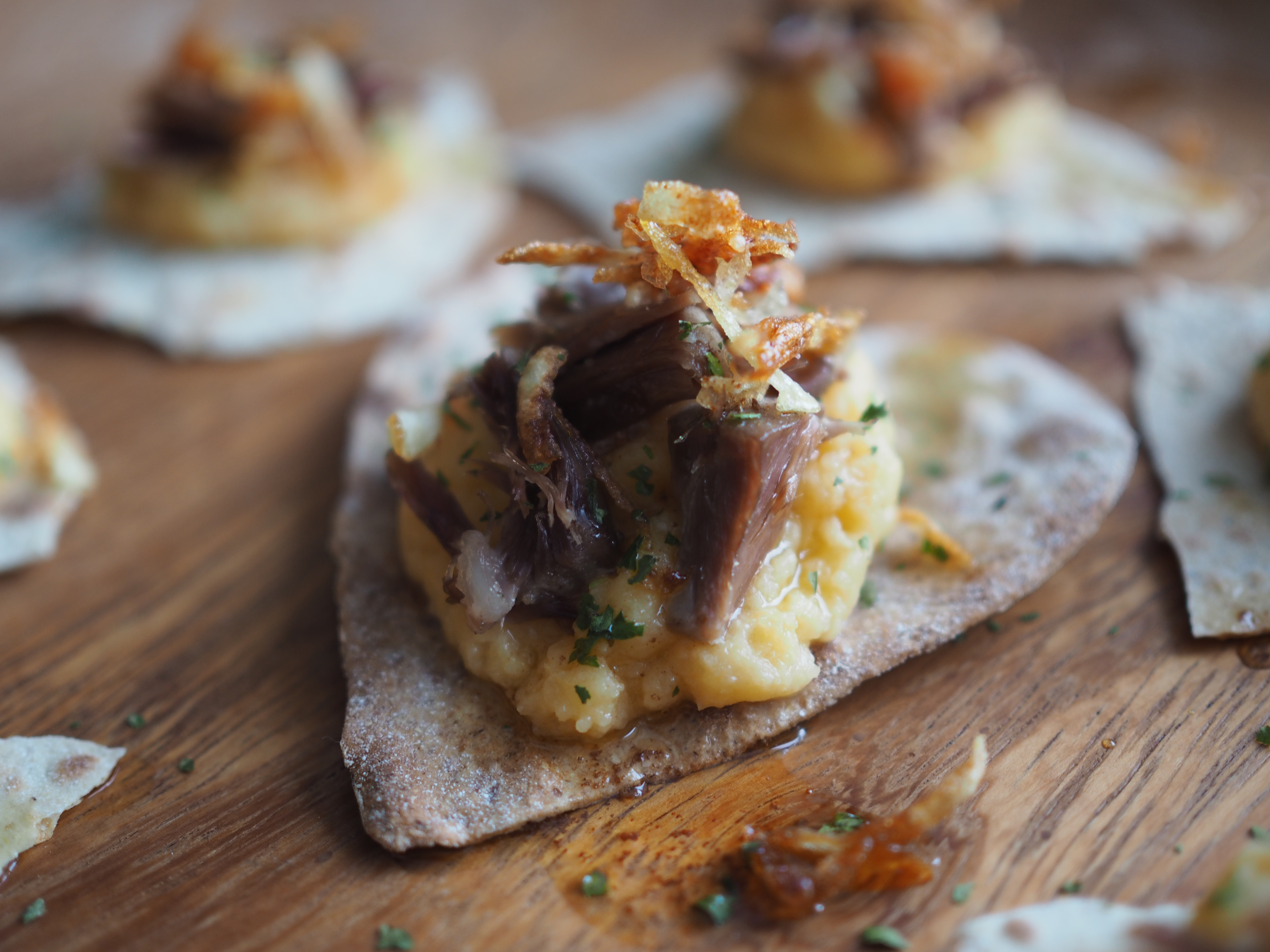
Pinnekjøtt with Flatbread, Rutabaga, Crispy Potatoes & Lemon Browned Butter

 Traditions are like threads. Threads pieced together from generation to generation. Some threads break loose and are replaced with newer ones, but others remain at the core. The dishes we eat are just a few of those threads. Everyone has their favorites, their must-haves, and when those are satisfied, there’s room for a few new threads.
Traditions are like threads. Threads pieced together from generation to generation. Some threads break loose and are replaced with newer ones, but others remain at the core. The dishes we eat are just a few of those threads. Everyone has their favorites, their must-haves, and when those are satisfied, there’s room for a few new threads.Tradition is a celebration of time past and tells the stories that make up our memories, but it also celebrates the present and our evolving tastes. In tradition, there is room for innovation and the embrace of individual desires.
While reflecting over Norwegian Christmas traditions, I was asked, dare I say challenged, to come up with a unique way of presenting the dish that one third of Norwegians consume every Christmas Eve. Pinekjøtt. Rather than create smoke and mirrors, I decided to package it all in a different way.

 There is a great wonder when you travel throughout Norway, never quite knowing what grandeur will appear around each and every corner. The landscape can change dramatically and each part has a beauty all of its own.
There is a great wonder when you travel throughout Norway, never quite knowing what grandeur will appear around each and every corner. The landscape can change dramatically and each part has a beauty all of its own.
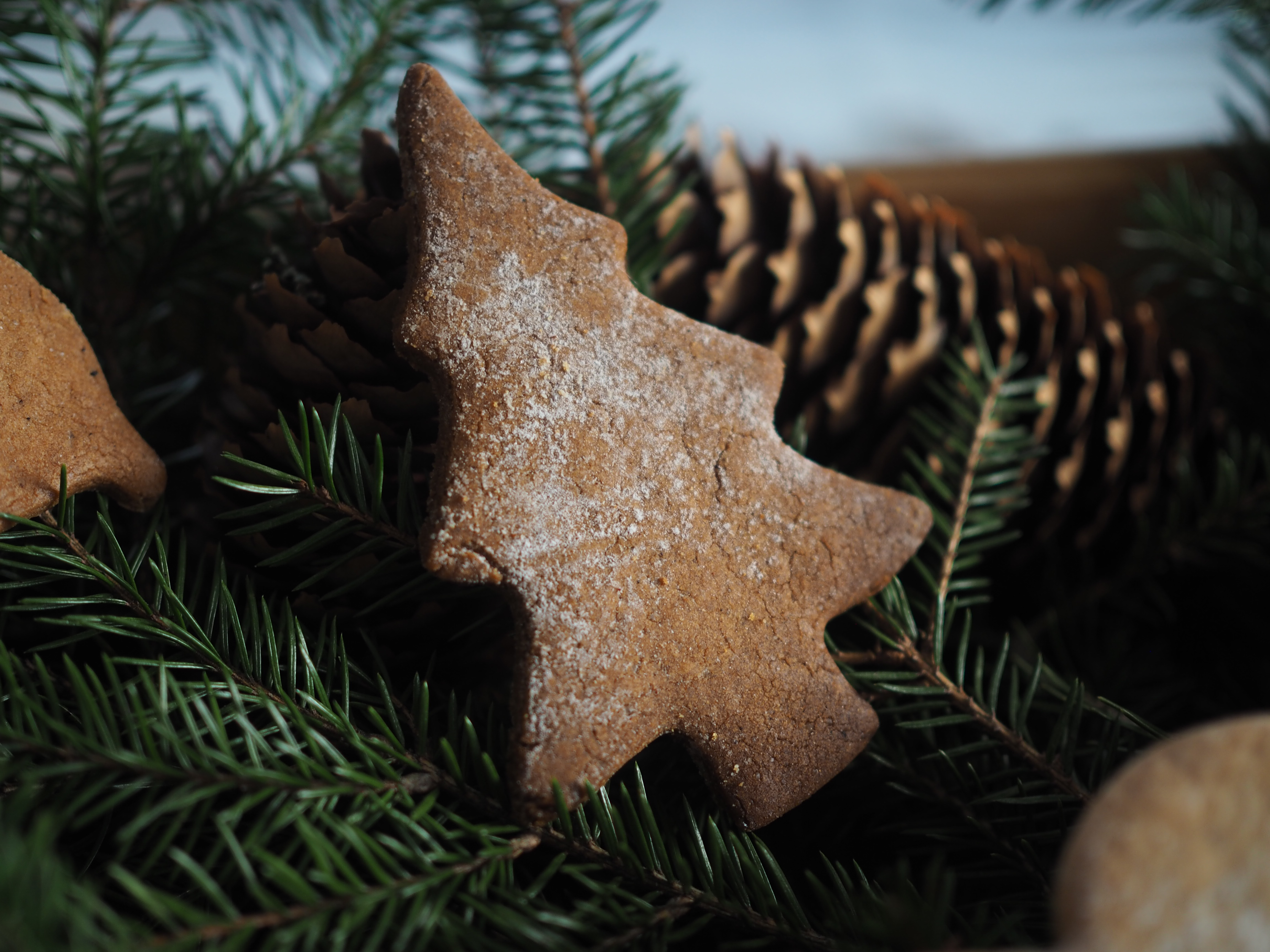
 Arguably, the most aromatic and popular Christmas cookies in Norway are Pepperkaker. They stand out among all the other traditional cookies with their fragrant presence, crispy and inviting texture, and ability to transform into whatever shape or design or role the beholder so wishes.
Arguably, the most aromatic and popular Christmas cookies in Norway are Pepperkaker. They stand out among all the other traditional cookies with their fragrant presence, crispy and inviting texture, and ability to transform into whatever shape or design or role the beholder so wishes.
